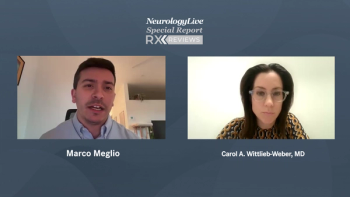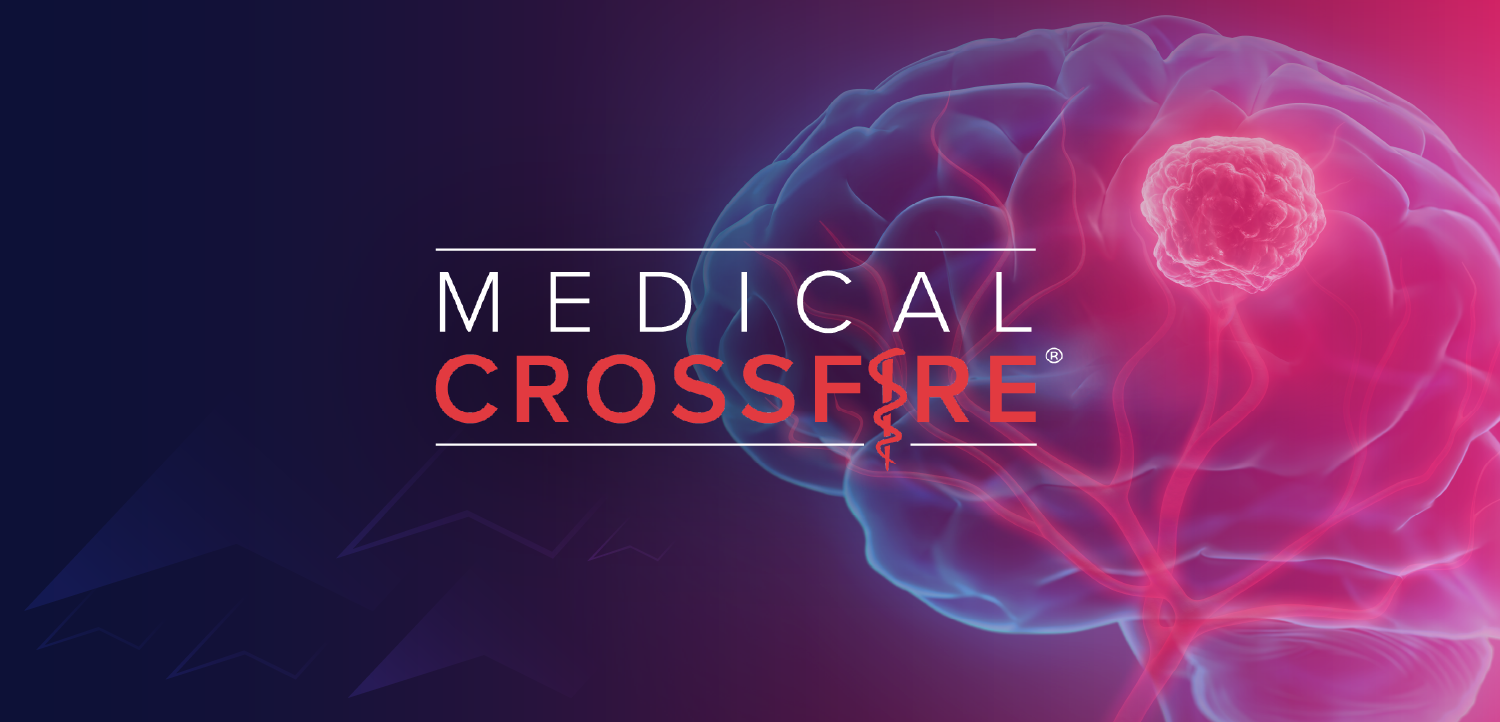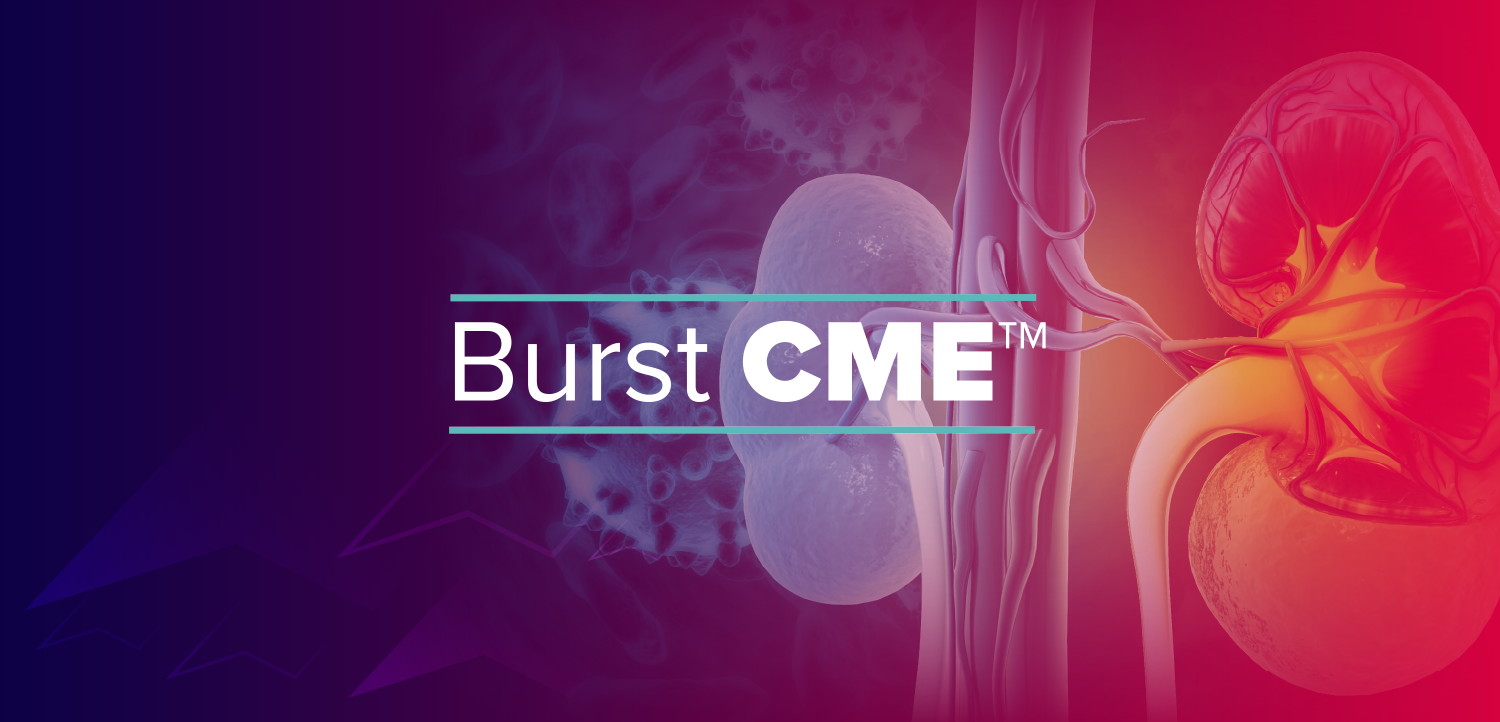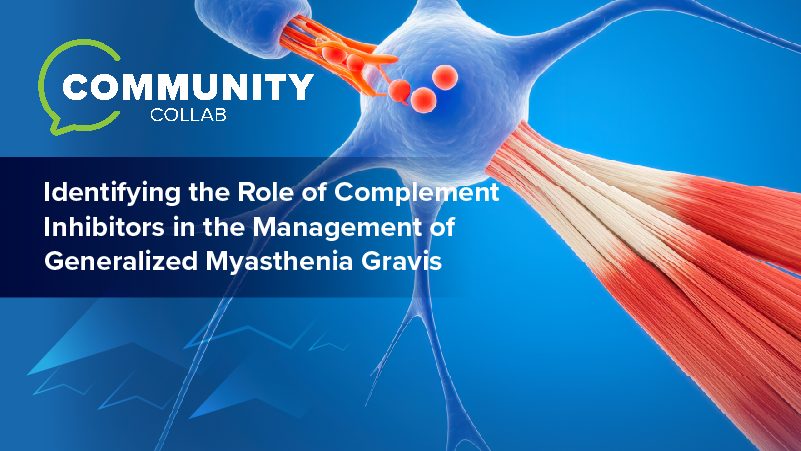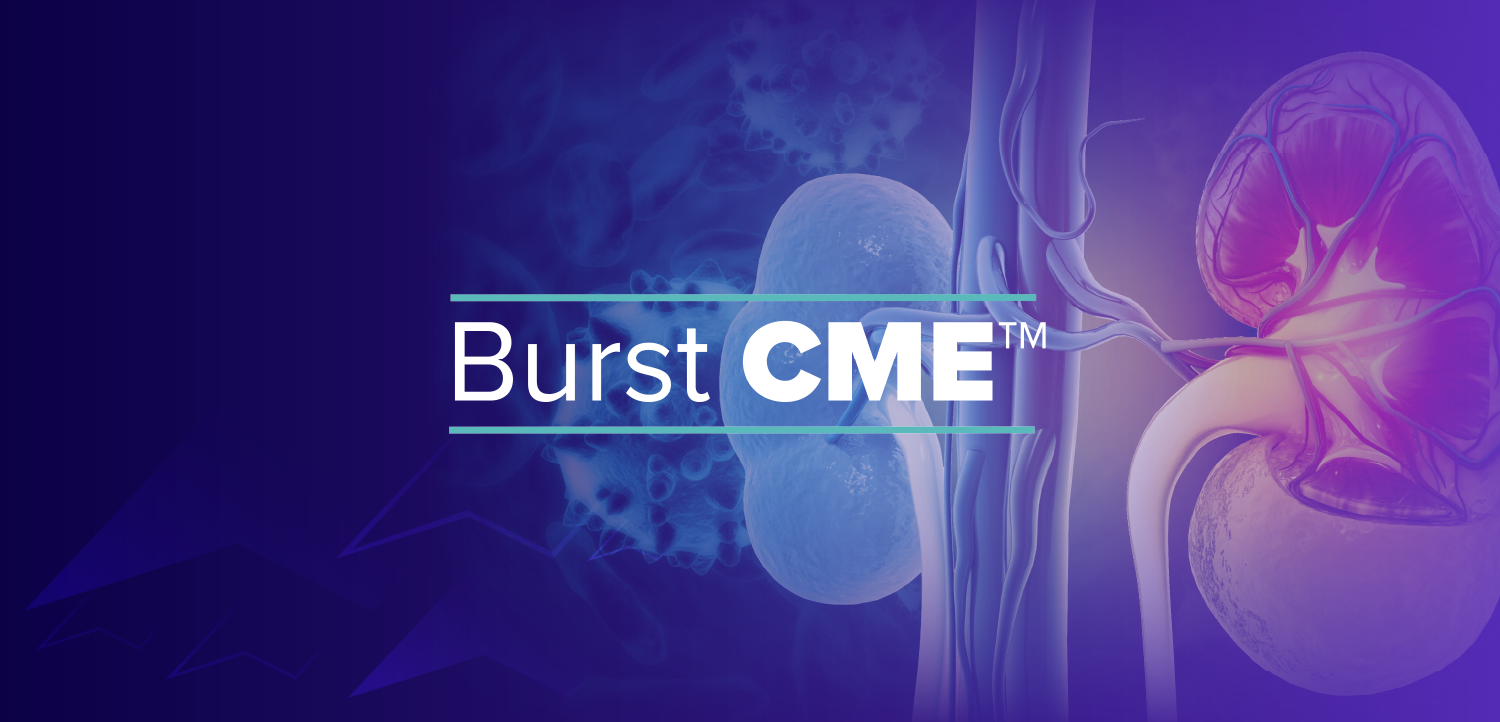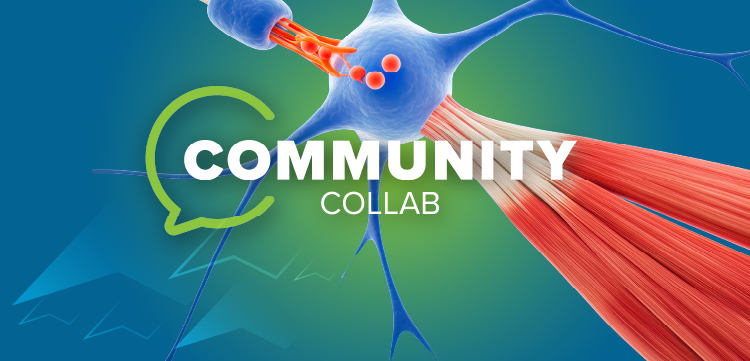
FDA Hands Scholar Rock Complete Response Letter for Spinal Muscular Atrophy Agent Apitegromab
Key Takeaways
- The FDA's CRL for apitegromab was due to manufacturing issues at Catalent, not drug efficacy or safety concerns.
- Apitegromab demonstrated significant motor function improvements in SMA patients in phase 3 SAPPHIRE and phase 2 TOPAZ trials.
Scholar Rock navigates FDA hurdles for apitegromab, a promising treatment for spinal muscular atrophy, aiming for resubmission after addressing manufacturing concerns.
Following observations from a routine inspection at Novo Nordisk’s facility, the FDA has issued Scholar Rock a complete response letter (CRL) for the biologics license application (BLA) of apitegromab, an investigational monoclonal antibody for the treatment of spinal muscular atrophy (SMA). Scholar noted that these inspection findings were not specific to the agent and that the CRL did not cite concerns regarding its efficacy, safety, or the third-party drug substance manufacturer.1
According to Scholar Rock’s second-quarter 2025 earnings announcement, Novo Nordisk submitted a comprehensive response to the FDA in early August 2025 and continued implementing corrective actions while providing the agency with progress updates. Scholar Rock reported that it plans to resubmit the BLA for apitegromab after the FDA confirms remediation of the manufacturing findings, anticipating that the agency will review the application once those issues are resolved.
The company's BLA for apitegromab was
"Apitegromab represents a promising advancement in the treatment of SMA, particularly because of its novel mechanism of action. Unlike current therapies that primarily focus on modifying SMN protein expression, Apitegromab is a fully humanized monoclonal antibody targeting myostatin, a negative regulator of muscle growth. Notably, the SAPPHIRE trial demonstrated meaningful improvements in muscle strength and function even in patients who had been receiving long-term treatment with approved SMN-enhancing therapies such as nusinersen and risdiplam," Pooja Mohan Rao, MD, neuromuscular specialist at Georgetown University Hospital, told NeurologyLive® in a recent interview.
In SAPPHIRE, the mean difference in change from baseline on the HFMSE was 1.8 points (P = .019) for all patients aged 2 to 21 years receiving apitegromab at 10 mg/kg or 20 mg/kg (n = 106) compared with placebo (n = 50). In this group, patients treated with 20 mg/kg of apitegromab (n = 53) showed a 1.4-point mean difference compared with placebo (P = .11). Subgroup analyses across age, type of SMN-targeted therapy, age at SMN-targeted therapy initiation, and geographic region demonstrated clinically meaningful and consistent improvements in motor function with apitegromab.
"While patients previously treated with onasemnogene abeparvovec (Zolgensma) were excluded from the study, the observed functional gains suggest that there remains untapped potential for muscle improvement despite ongoing SMN-targeted therapy," Rao said. "These findings underscore the potential of Apitegromab to complement existing treatments and expand the therapeutic landscape for both pediatric and adult patients with SMA. I am hopeful that this agent will soon become an integral part of our treatment arsenal, further improving outcomes and quality of life for individuals living with SMA."
For secondary end points in the 2- to 12-year-old subgroup, patients treated with apitegromab demonstrated greater functional gains compared with placebo. At 52 weeks, 30.4% of patients receiving apitegromab achieved at least a 3-point improvement in HFMSE compared with 12.5% of placebo patients, whereas 19.6% achieved at least a 4-point improvement vs 6.3% on placebo. Additional positive trends were reported across other measures of motor function, including the Revised Upper Limb Module (RULM) and World Health Organization motor development milestones.
“While we are disappointed that the availability of a muscle-targeted treatment approach for patients with SMA has been delayed, we remain enthusiastic about the transformative potential of apitegromab,” Kenneth Hobby, president at
Previously presented at the
In the phase 2 TOPAZ trial,
The analysis population pooled the nonambulatory patients and included patients who received either low-dose (2 mg/kg) or high-dose (20 mg/kg) apitegromab. A total of 11 patients in the population had scoliosis surgery during the study, and their data were excluded from any HFMSE or RULM assessments at 48 months. Using the remaining patient cohort, the mean change in RULM for the aged 2 to 21 years group (n = 22) was 3.6 points (95% CI, 2.0-5.3) and 4.5 (95% CI, 2.7-6.3) for the aged 2 to 12 years group (n = 18).
Regarding
REFERENCES
1. FDA issues complete response letter (CRL) for apitegromab as a treatment for patients with spinal muscular atrophy (SMA) solely related to observations identified at Catalent Indiana LLC fill-finish facility. News release. Scholar Rock. September 23, 2025. Accessed September 23, 2025. https://investors.scholarrock.com/news-releases/news-release-details/fda-issues-complete-response-letter-crl-apitegromab-treatment
2. FDA grants priority review for biologics license application (BLA) and EMA accepts marketing authorisation application (MAA) for apitegromab as a treatment for spinal muscular atrophy. News release. Scholar Rock. March 25, 2025. Accessed September 22, 2025. https://investors.scholarrock.com/news-releases/news-release-details/fda-grants-priority-review-biologics-license-application-bla-and
3. Scholar Rock reports apitegromab meets primary endpoint in phase 3 SAPPHIRE study in patients with spinal muscular atrophy (SMA). News release. Scholar Rock. October 7, 2024. Accessed September 22, 2025. https://investors.scholarrock.com/news-releases/news-release-details/scholar-rock-reports-apitegromab-meets-primary-endpoint-phase-3
4. Scholar Rock presents new phase 3 SAPPHIRE data at the 2025 Muscular Dystrophy Association Clinical & Scientific Conference. News release. Scholar Rock. March 16, 2025. Accessed September 22, 2025. https://investors.scholarrock.com/news-releases/news-release-details/scholar-rock-presents-new-phase-3-sapphire-data-2025-muscular
5. Scholar Rock to present comprehensive update at 2025 Annual Cure SMA Research and Clinical Care Meeting, including positive results from pivotal phase 3 SAPPHIRE trial. News release. Scholar Rock. June 23, 2025. Accessed September 22, 2025. https://investors.scholarrock.com/news-releases/news-release-details/scholar-rock-present-comprehensive-update-2025-annual-cure-sma
6. Scholar Rock reports second quarter 2024 financial results and highlights business progress. News release. Scholar Rock. August 8, 2024. Accessed September 22, 2025. https://investors.scholarrock.com/news-releases/news-release-details/scholar-rock-reports-second-quarter-2024-financial-results-and
Newsletter
Keep your finger on the pulse of neurology—subscribe to NeurologyLive for expert interviews, new data, and breakthrough treatment updates.


